Flagship Ponds – the best of the best but still under threat
9th March 2017
Dr Jeremy Biggs, Director of Freshwater Habitats Trust, raises concerns over the future of Flagship Ponds, the best of the best of Britain’s ponds
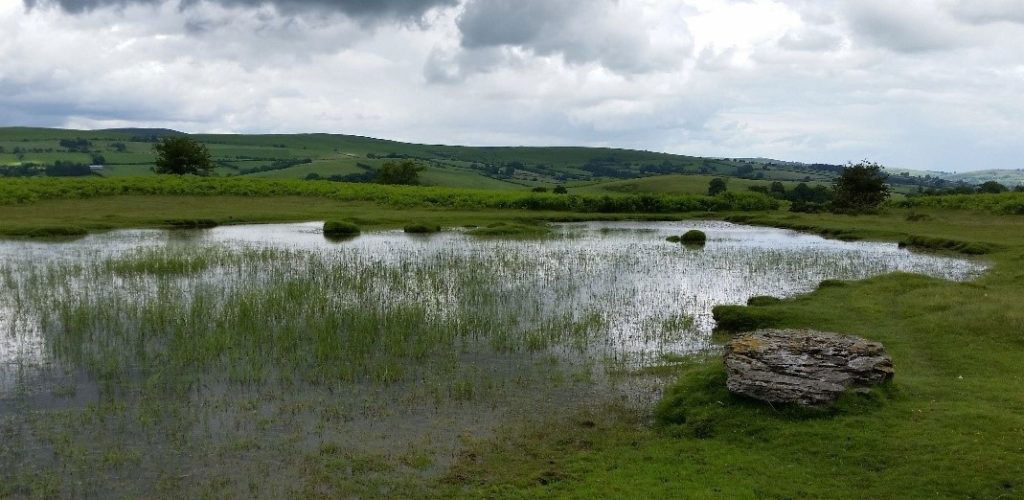
Flagship Ponds are the best of Britain’s ponds, places of exceptional importance for freshwater wildlife, and some of our finest freshwater habitats. The Flagship sites can be a single special pond, or more commonly group of ponds, which have some special, often irreplaceable biological value – rich communities, species at risk of extinction in Britain or simply ponds in wonderfully good condition. Amongst the 70 sites we are currently working on are Britain’s biggest single great crested newt population, ponds in the south Lake District with Medicinal Leeches, the last Starfruit ponds in England, the astonishingly rich Breckland pingo ponds, Welsh hilltop Fairy Shrimp temporary ponds, and coastal sand dunes temporary ‘dune slacks’ supporting endangered mosses. About a third of all priority freshwater species can be seen just at these 70 sites.
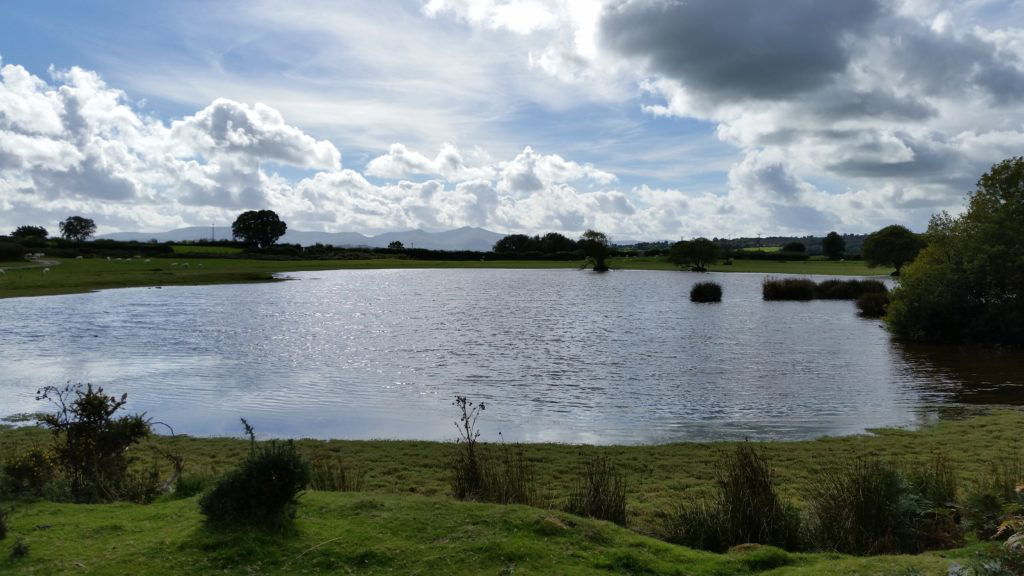
The Flagship ponds were originally identified under the Pond Habitat Action Plan (HAP) in 2009-10 as the very ‘best of the best’ of the UK’s Priority Ponds. The idea behind the Flagship sites was to ensure that, despite the general decline in the quality of ponds that occurred between 1996 and 2007, these sites at least would be protected, and their special wildlife maintained. Up to that point, trying to protect every pond – which was effectively the previous strategy – had pretty dismally failed. The available effort was simply being spread to thinly. So the Pond HAP group agreed it was important to focus efforts and make sure these irreplaceable sites were protected, with the Flagship sites in the process becoming beacons of what we should be aiming for, as well as demonstrations of good practice. Equally important was helping local people become aware of the sites, in the process increasing understanding of what makes these special places so wonderful.
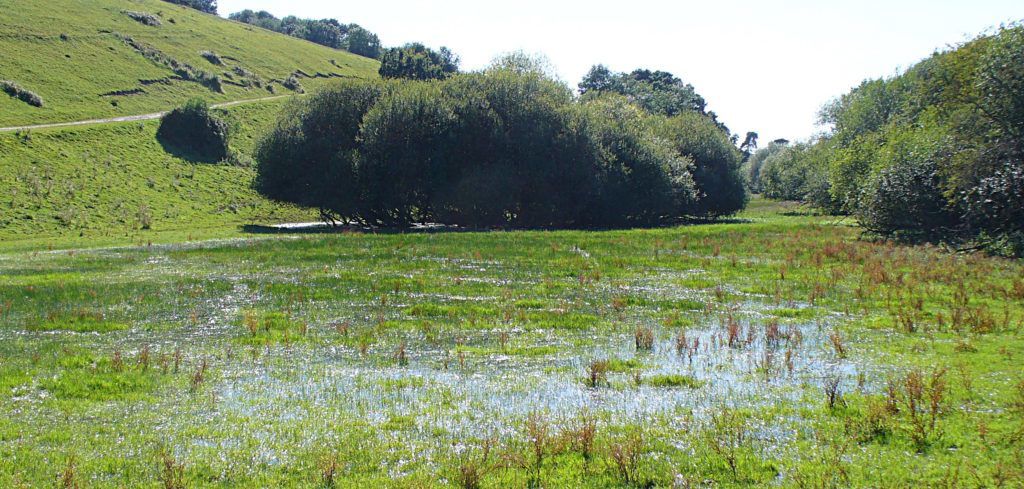
The Pond HAP steering group initially identified 75 Flagship sites, with a further 44 were added in 2013. In 2015 after some pilot work, the Freshwater Habitats Trust, supported by the Heritage Lottery Fund, launched the Flagship Ponds project to work with local groups and people to ensure that 70 of the Flagship Ponds were protected and well-managed for the future.
This work has been going well, and we have been helping many different groups and people all over England and Wales to look after the ponds. But despite the importance of the sites, threats to the Flagship Ponds are still cropping up, even when they are in recognized protected areas. Two sites exemplify this problem: Castor Hanglands near Peterborough and Sound Common in Cheshire, where plans for new housing look set to put these sites at risk, unless the effects of the developments are very carefully controlled.
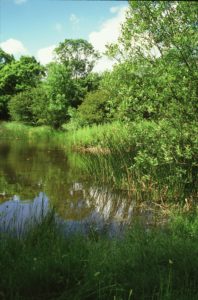
Castor Hanglands Main Pond has a good claim to being called ‘Britain’s Best Pond’. It is located in a National Nature Reserve managed by the government conservation agency Natural England, who have been doing a good job protecting the site. In the 1990s, when we did the first comprehensive survey of Britain’s most important wildlife ponds, Castor Hanglands had the longest list of freshwater invertebrates of any pond in Britain, and it has never been beaten since. It also has an exceptional community of water plants and, to boot, is the one of Britain’s longest studied ponds. It is a truly exceptional site. Despite this, there are now worries that new housing in the countryside around Peterborough will threaten this remarkable and fragile spot as a result simply of increased people pressure, bringing with them dogs, and adding unwanted fish and water plants. In February, along with local people, we raised our concerns in the public consultation on new building plans for the Peterborough area. A particular worry was that, although the overall housing plan said it would be following Peterborough’s ‘Biodiversity Plan’, prepared by the Council, in fact that plan hasn’t been written.
Another Flagship site we are worried about is Sound Common, a small heathland in the Cheshire village of the same name. A remarkable survivor in the intensive Cheshire farming landscape, the site is saved by being on the top of a low hill. That means that dirty water can’t drain into the ponds on the common – rather water runs off the common, out into the surrounding farmland. Now, with pressure for villages to contribute to housing targets, Sound must take its quota of new housing. We are concerned that this has taken little account of the effect of new developments on the adjacent common and its ponds, and the special freshwater habitats it supports.
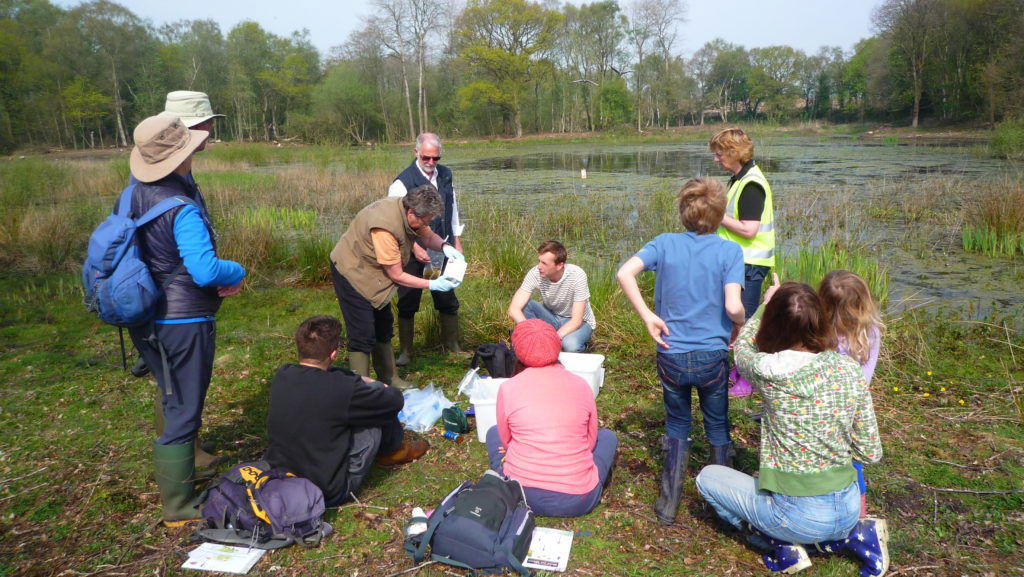
What can we do to protect these sites and their wildlife in the long-term? Clearly we need to protect our richest, least damaged freshwater habitats. Life in freshwater is perhaps the most threatened in the natural world, with the vast majority of lowland freshwaters affected by pollution and even those in the uplands under stress from atmospheric pollutants and climate change. The Flagship Ponds are often remarkable beacons in a generally degraded freshwater world, terribly fragile and easily damaged by pollution and mismanagement, even when they are located in places which are, in theory, protected. As well as protecting these core sites, the most important thing we can do is make new high quality, clean and unpolluted freshwaters close by to ‘build out’ from these vulnerable islands of diversity. This is what we’ve been doing in the Million Ponds Project and it is clear that it works well. It is the sample principle as many conservation organisations are espousing – making new, more and better connected habitats. We just need to do this for water as well as woodlands, meadows and heaths, and around the Flagship Ponds is one of best places to start this work.
Want to know more?
- Read more about the Flagship Ponds project and what we are trying to achieve.
- Learn more about the Flagship Pond sites featured on our blog: Strensall Common, Cock Marsh, The Begwns, Orton Pits, Inglestone Common, Brown Moss, Rawcliffe Meadow.
